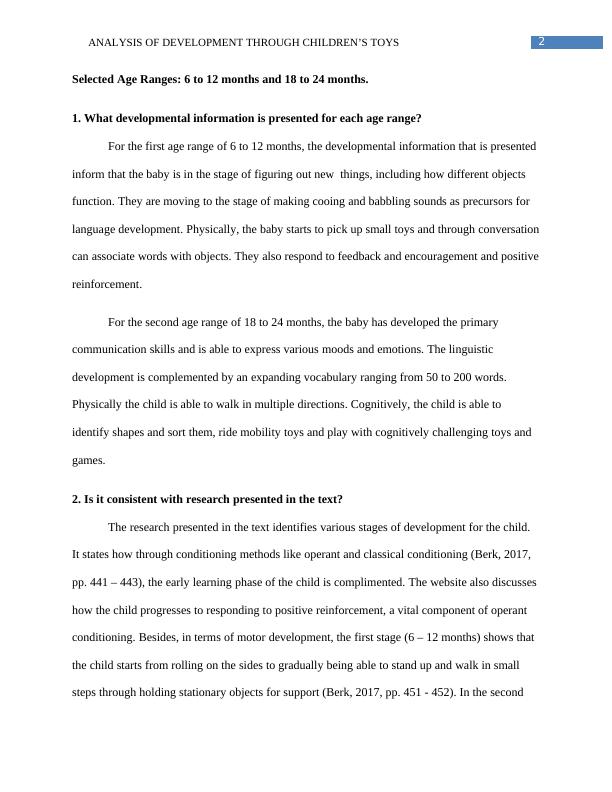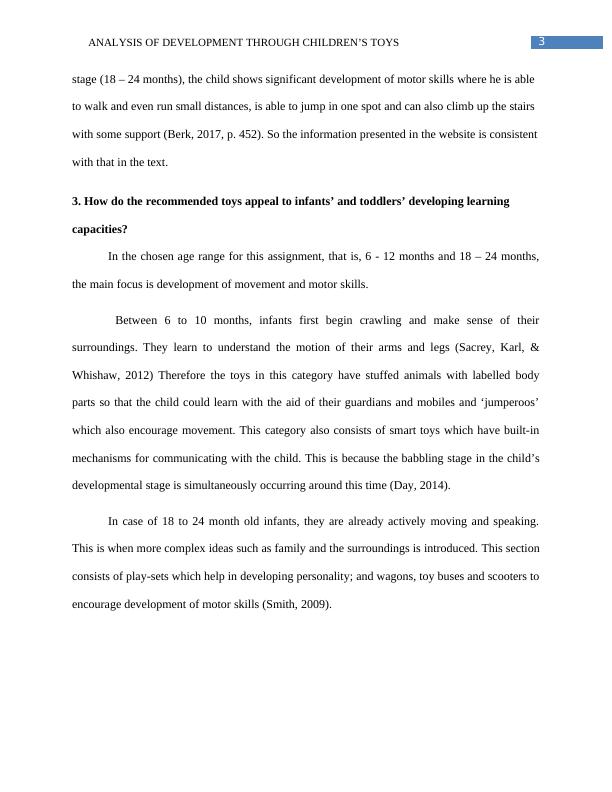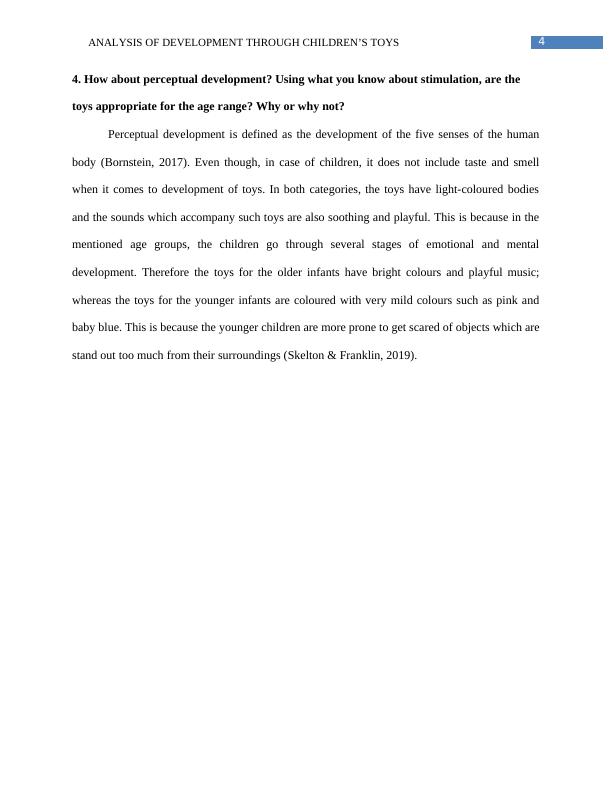Analysis of Development Through Children’s Toys.
6 Pages1131 Words12 Views
Added on 2022-08-27
Analysis of Development Through Children’s Toys.
Added on 2022-08-27
ShareRelated Documents
End of preview
Want to access all the pages? Upload your documents or become a member.
Physical Development Experiences for Children of Different Age Groups
|13
|3094
|120
Child Development Activities for Different Age Groups
|13
|3256
|412
Assignment on Baby Day Report
|10
|1705
|234
Child Study Choosing Development Domain
|22
|5946
|415
Children Development & Learning
|20
|5109
|66
(solved) Assignment on Child Development
|6
|1402
|360



